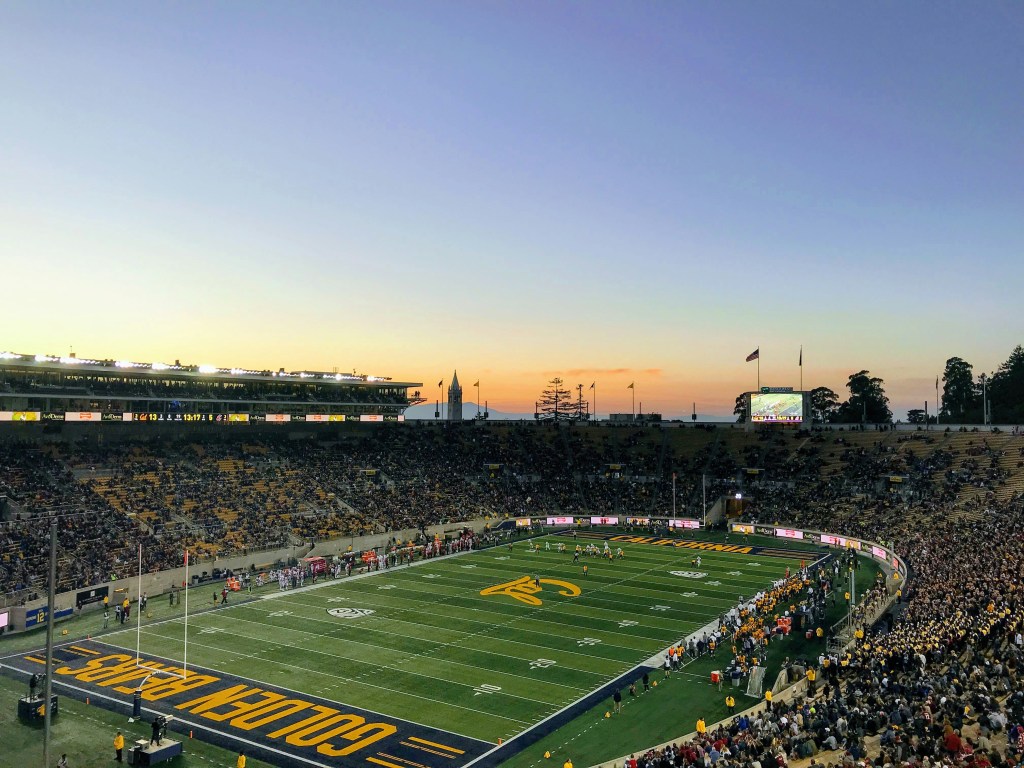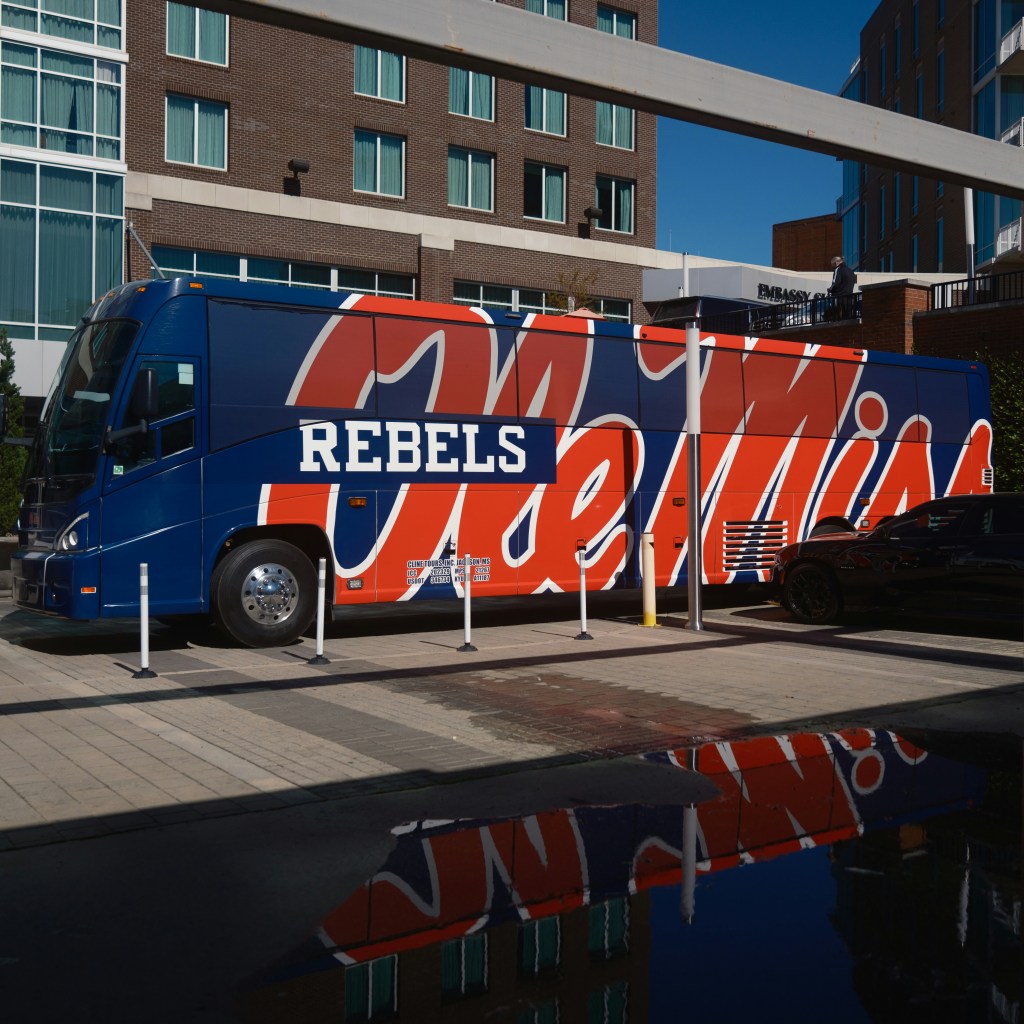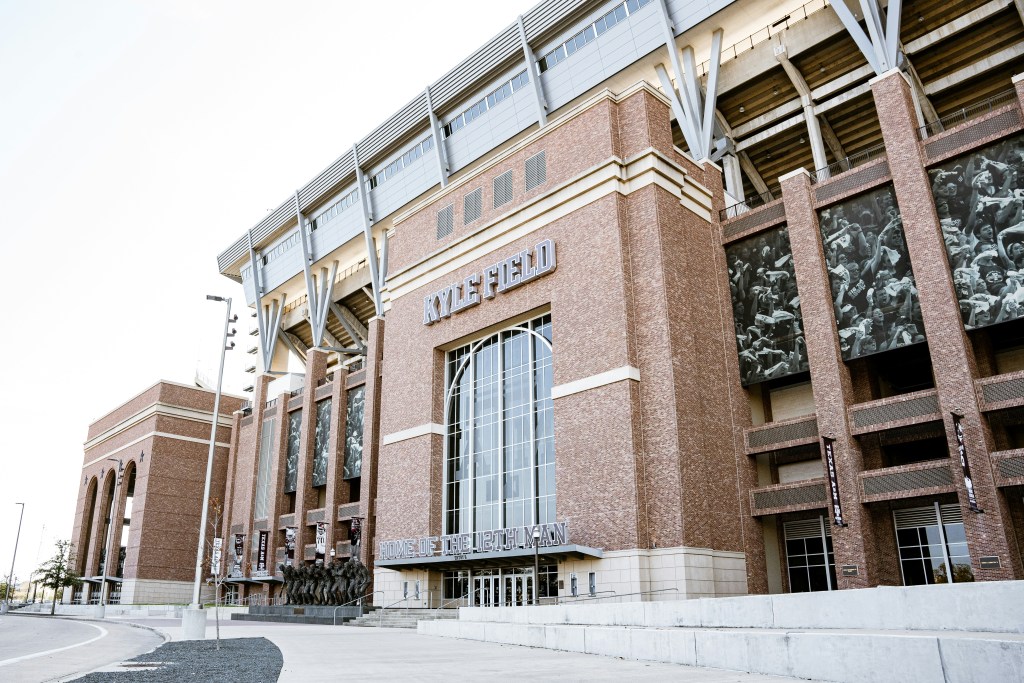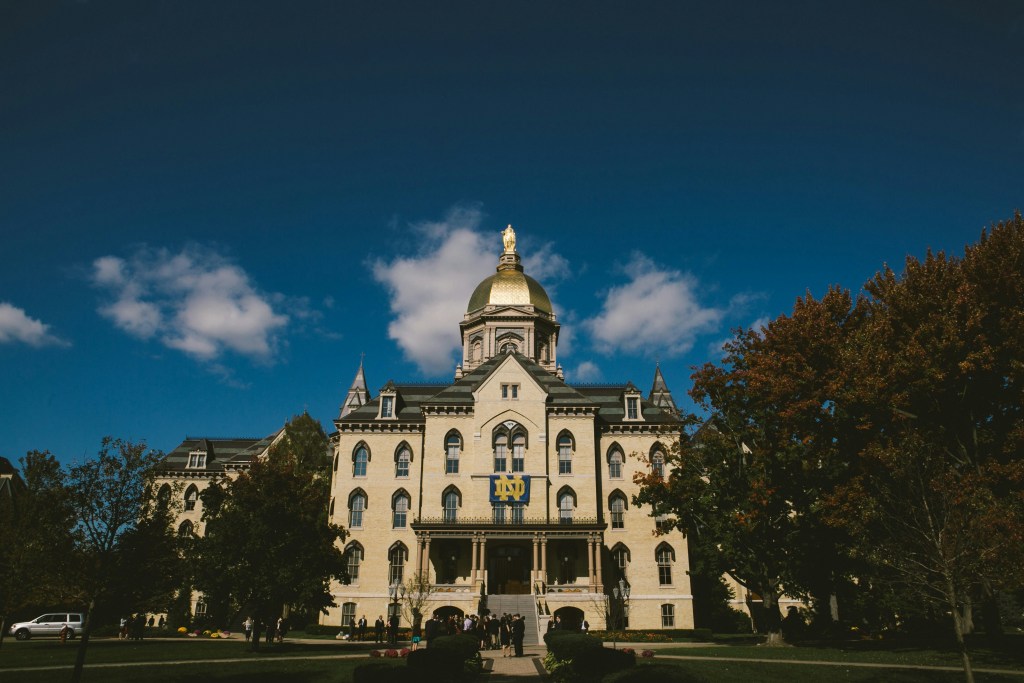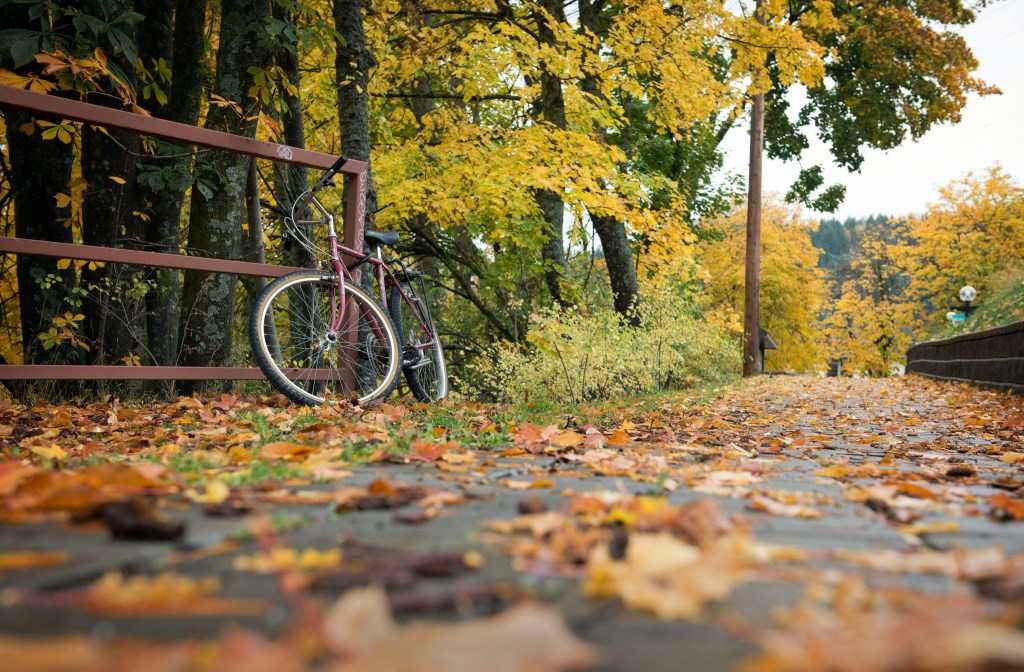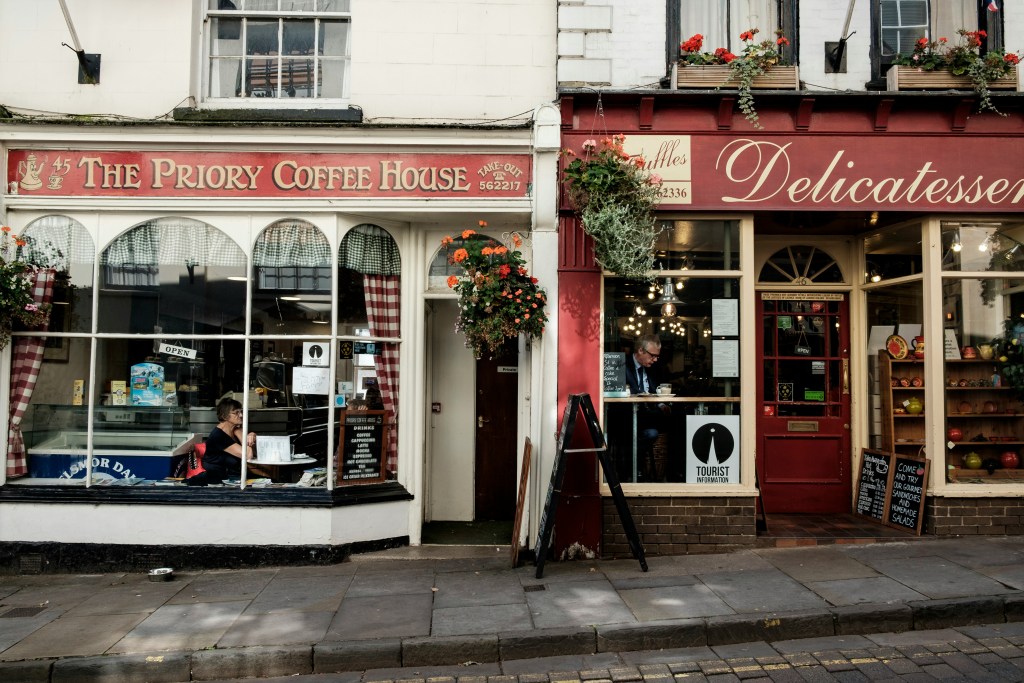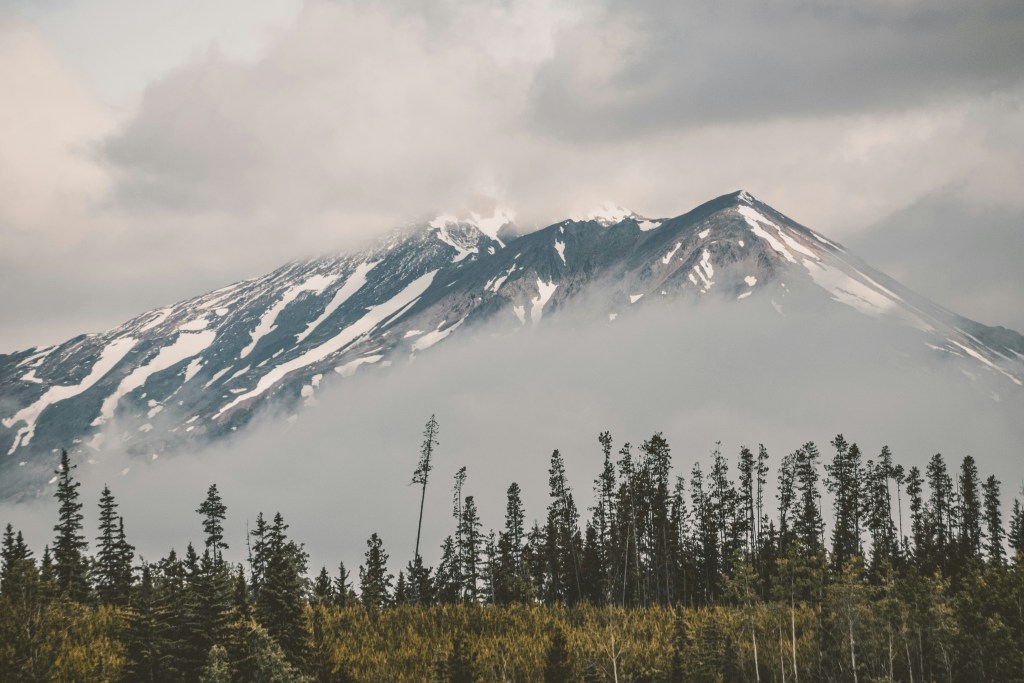Ever heard of aparthotels?
This novel new idea has been taking the travel world by storm over the last few years.
But the idea has been around since the 1980s. That’s when extended stay hotels first popped up, allowing travelers the opportunity to stay in more comfortable hotel rooms for longer periods.
Aparthotels function with the same philosophy—but they’re distinct from extended stay hotels.
An extended-stay hotel is designed like a temporary home with the amenities of a hotel. They usually have kitchenettes and basic living room features. When I stayed in an extended-stay hotel, I could even use its address for any official mail I needed to receive.
An aparthotel, by contrast, is a hybrid rental that offers all the amenities of a full apartment with the services of a hotel. Think of them like Airbnb rentals that come bundled with hotel services like cleaning, check-in, and basic concierge services.
But who are they designed for? And, most importantly, where can travelers start shopping around for them? Here’s what you need to know about aparthotels.
Why choose an aparthotel?
I recently returned from Milan where I stayed in the Heart Milan Apartments (San Sepolcro). The brand offers full aparthotel rentals for short-term periods—in my case, a three-night stay with my family.
I think that’s the main appeal of an aparthotel: Communal space. (And savings to a certain extent.)
Rather than rent three rooms at a hotel or pay an insanely exorbitant Airbnb fee, my family opted for a single aparthotel rental. It allowed us to hang out in the living room and handle breakfast with the fully stocked kitchen.
If you’re traveling for the purpose of spending quality time with family and/or friends, aparthotels offer a distinctly home-away-from-home feel. They’re also more elevated than Airbnbs in terms of features and design, but tend to include lower fees… even if you’re staying in the city-center like I was.
Unlike an Airbnb, the building is entirely rented out to other aparthotel guests. Aparthotels also offer a front desk that makes it easy to ask questions, check in and check out, store luggage, and more.
Why are aparthotels becoming more popular?
Based on the description above, you might still feel like aparthotels are basically just Airbnbs—except with a cleaning crew and a basic concierge.
I can’t argue with that logic. Aparthotels are very similar to Airbnbs.
That being said, they’re becoming more popular because of their distinctions from the DIY rental platform.
One of the primary reasons is cleaning. Aparthotels use cleaning crews, guaranteeing guests a clean check-in and stress-free checkout… all without the pricey add-ons.
On top of that, the savings are pretty steep. The location of the Heart Milan San Sepolcro put my family smack in the center of Milan’s busiest historic district next to the Duomo. And we paid a fraction of what we would have on either Airbnb or booking with a traditional hotel.
To be clear, we didn’t have any higher-end amenities like a pool, gym, or on-site restaurants. That being said, we didn’t need any of that. Our goal was to spend quality time together while enjoying the city from a central location.
Here’s a tighter summary of aparthotels:
- They come in all shapes and sizes, but most are higher-end
- They’re ideal for groups who want to lounge in a shared space
- They’re also great for groups who don’t want any cleaning responsibility or check-in difficulties
- They’re more affordable than many Airbnb options, especially where location is involved
Where can travelers shop for aparthotels?
Though aparthotels are distinct from Airbnbs, I’ve seen them offered on the website.
If you’re looking to book a place through Airbnb, I suggest Googling (or otherwise searching) with the keywords Airbnb, aparthotel, and your destination.
You can also use Google or another search engine to look for independent brands. For example, I found the Heart Milan apartments with a Google search, but ultimately booked through Expedia. Many aparthotels allow you to book directly through their website.
The easiest way to shop around for aparthotels is to use a search engine, then book through Expedia, Booking, Airbnb, or another booking site.

